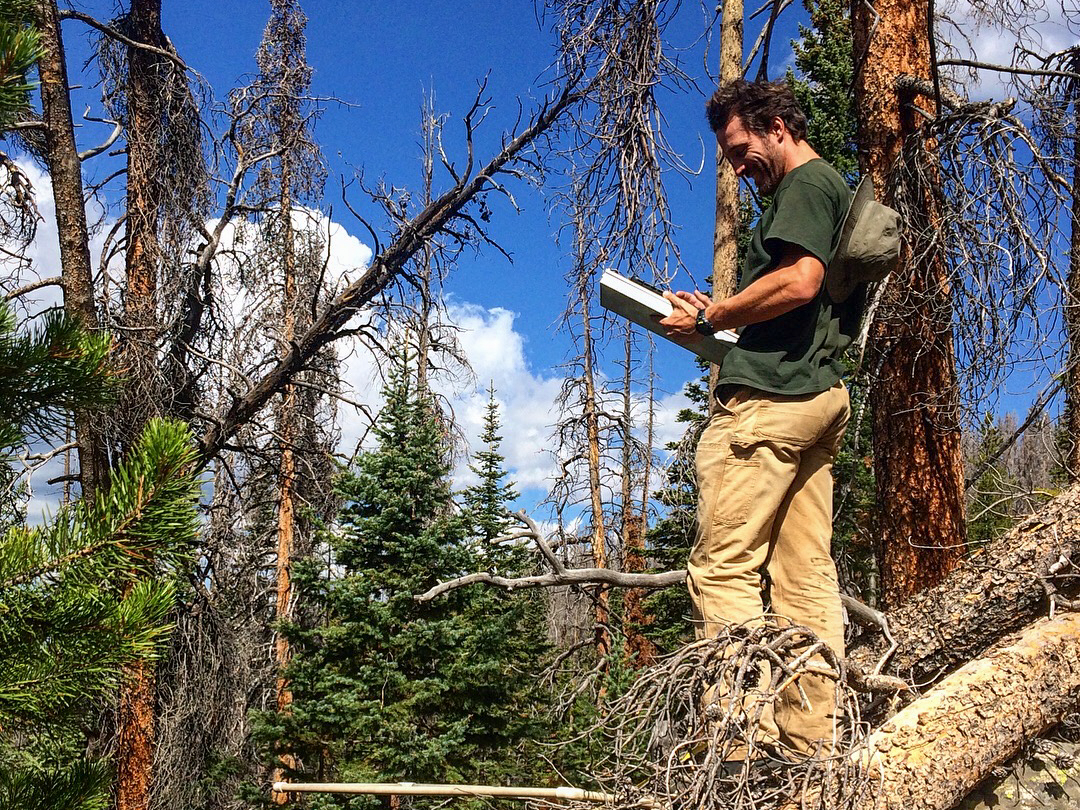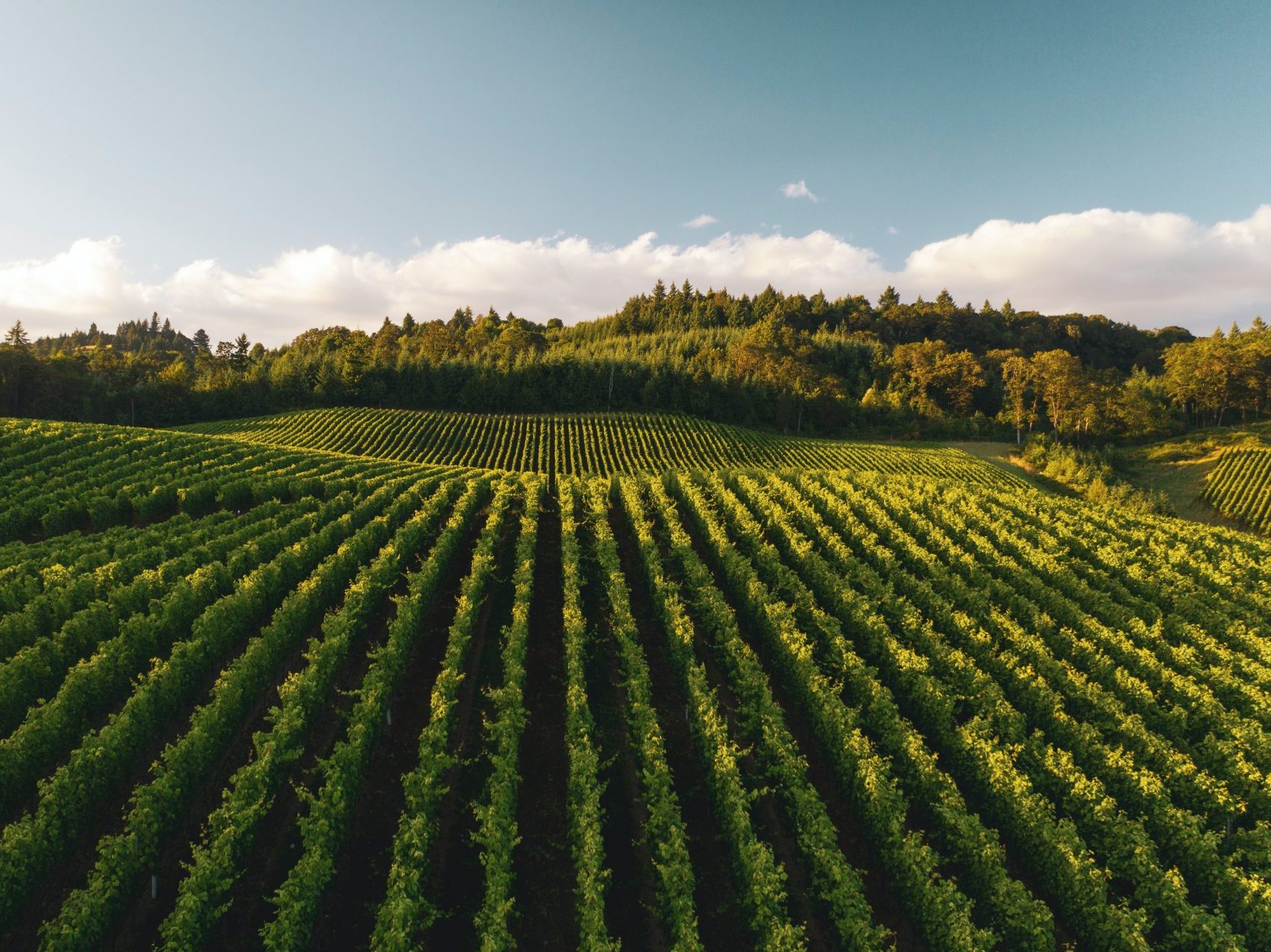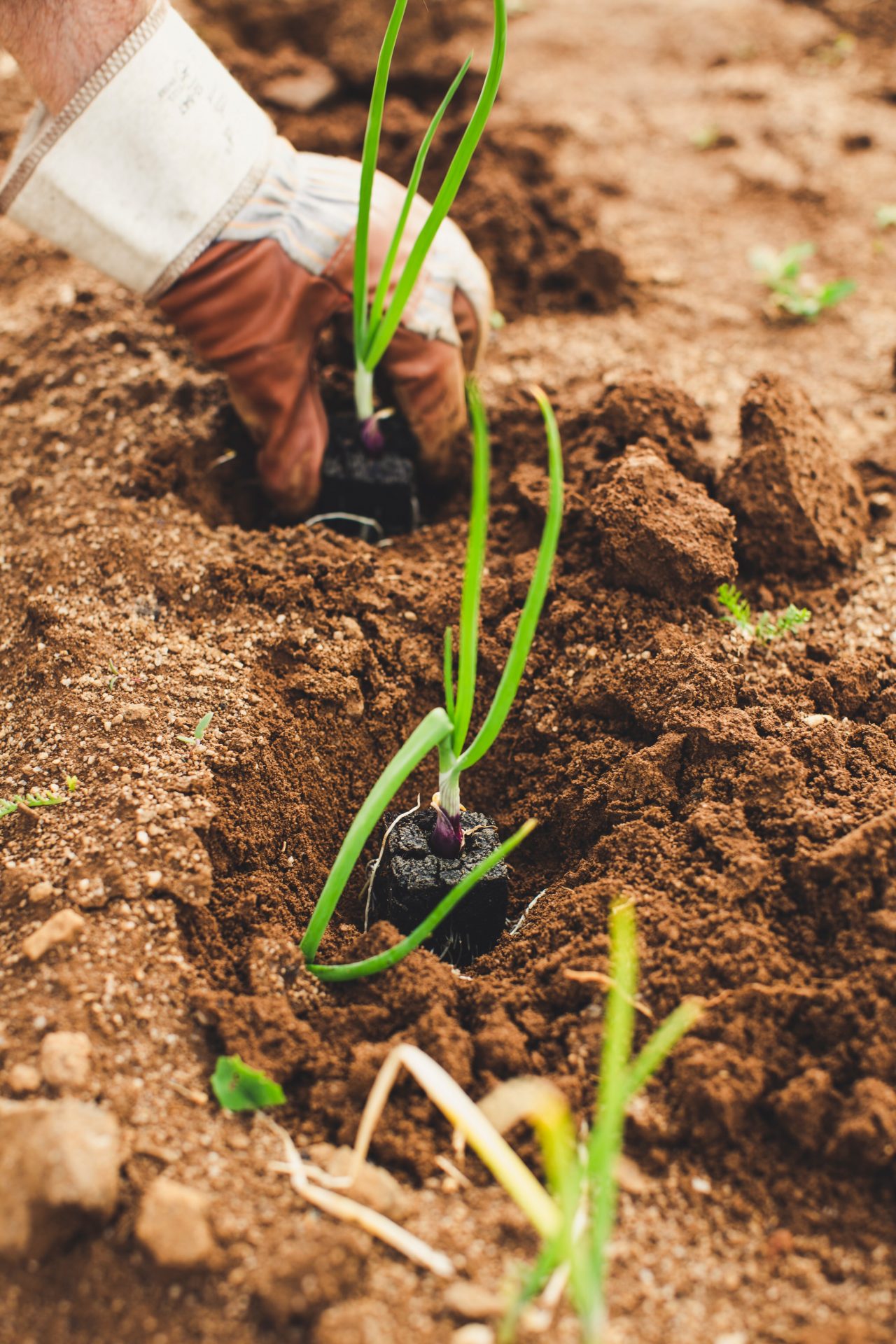
Great Ecology Welcomes Graham Glass
June 16, 2021
Habitat Restoration & Tribal Sovereignty in the Pacific Northwest
June 29, 2021

Organic & Regenerative Agriculture, a Primer
Author: Liz Clift
“Organic and regenerative agriculture, what’s the difference?” I was recently posed this question over dinner with friends. Fortunately, for the question asker, several of us at the table had input on this—based on our jobs, trainings we’ve attended, and things we’ve read. If you’ve been wondering the same thing, consider this a primer. I know there’s a lot of nuances to both organic and regenerative agricultural practices—and this blog won’t cover those!
Organic Agriculture:
Let’s start with organic, since that’s the one most people are familiar with.
“Organic” purely refers to a labeling standard. It can tell you that the land food was grown on (or raised, in the case of livestock) was managed without the use of most synthetic fertilizers or pesticides. In the case of livestock, animals must also be fed with “organic” feed and an organic label indicates what types of medications the animals could not receive.
This can be a fairly expensive endeavor—not just because of the cost of goods an individual might use in their agricultural business, but because the certification itself is somewhat costly (which can put it outside the range of smaller farmers, especially those who aren’t growing subsidized crops) and because the process can take years, especially if the farmers are converting a conventional farm—or if they suffer setbacks due to chemical drift (i.e. aerosolized herbicides or pesticides carrying in from a neighbor’s application of those products).
For this reason, you may sometimes see “no spray,” at your local farmstands and farmers markets. This indicates that, at the very least, the farmers are promising consumers that they’re not spraying their fields with pesticides. For some farmers, this may be because they’re transitioning the farm from conventional to organic, and for others it may be because they’re practicing regenerative agriculture, or something akin to it. The problem with basing your purchasing decisions on whether or not something is “organic” is that it does not tell you whether the health of the land is improving. It also doesn’t indicate if the animals were treated as humanely as possible (although there are additional labels to indicate more humane animal rearing practices).
All of that is to say - in the face of climate crisis, topsoil degradation and erosion, and so much more—maybe an organic certification is no longer enough?
Regenerative Agriculture:
Regenerative agriculture focuses on outcomes (building soil, protecting water quality, restoring wetlands, and improving biodiversity) which means implementing an adaptive management approach. There isn’t—and can’t—be a single standard for managing the land because different parts of the land will have different needs.
Additionally, regenerative practices may borrow from several more sustainable land use and agricultural practices, such as agroecology, permaculture, restoration ecology, holistic management, and agroforestry, among others.
Although unfamiliar to many of us today, regenerative agriculture would probably be familiar to the farmers and ranchers of just a few generations ago. Practices include regenerative grazing, allowing fields to be “fallow” for a period of time (while still being planted with cover crops or native species to reduce the likelihood of erosion and to improve overall soil and/or habitat quality), limited or no-till agriculture, intercropping, active integration of animals and agriculture, and reintroduction of wild spaces on the land (some ranchers are even allowing beavers onto their land), among other things.
At this point, there are a number of farmers who are seen as early implementers of regenerative agricultural practices—and for a number of reasons, I’m not going to name them here; however, I will offer credit to the Indigenous peoples who stewarded the land using regenerative practices. We can see the impacts of these practices still in “forest gardens” around the world, which have increased biodiversity.
Wrapping Up:
Part of what I loved about that conversation over dinner was the variety of perspectives from those of us weighing in. Combining our various backgrounds, we had:
• Someone who works in sustainability and local foods;
• Someone who makes product decisions for a local grocery store;
• People who eat meat;
• People who have been vegetarian or vegan for some considerable portion of their lives;
• Someone with a background in permaculture;
• Someone with a background in sustainable agriculture; and
• Three people presently or previously involved with food cooperatives.
But how does regenerative agriculture overlap with the work we do at Great Ecology? Regenerative practices aren’t so different from the types of ideas we implement as part of ecological restoration strategies at project sites. For instance, we have incorporated wood chips on test plots to see how that impacts soil health, weed populations, and the restoration of native plant species. We have helped facilitate turning a working ranch—run for more than 150 years in such a way that there were plentiful native grasses, shrubs, and trees on the property—into a working ranch and open space that will continue to protect the integrity of riparian systems and buffer areas. We used Landscape Typology to support multiple municipalities in better understanding and managing their parks and open space properties, including increasing drought-resilient plantings and reducing irrigation in some areas that were being over, or unnecessarily, irrigated. And we have integrated adaptive management into our post-construction monitoring for site success. We’ve also helped clients improve pollinator habitat, restore riparian areas, improve water quality through designing restored and treatment wetlands, and more.
While these practices may vary from what regenerative agriculturalists use—after all our relationship to and with the land differs and we don’t work on agricultural land all that often—many of the basic principles overlap. We also see farmers and ranchers as strong allies in the movement to combat climate crisis. This allyship will become increasingly important as drought-conditions worsen, as the climate crisis accelerates, and as food production—and public space utilization—must adapt.

